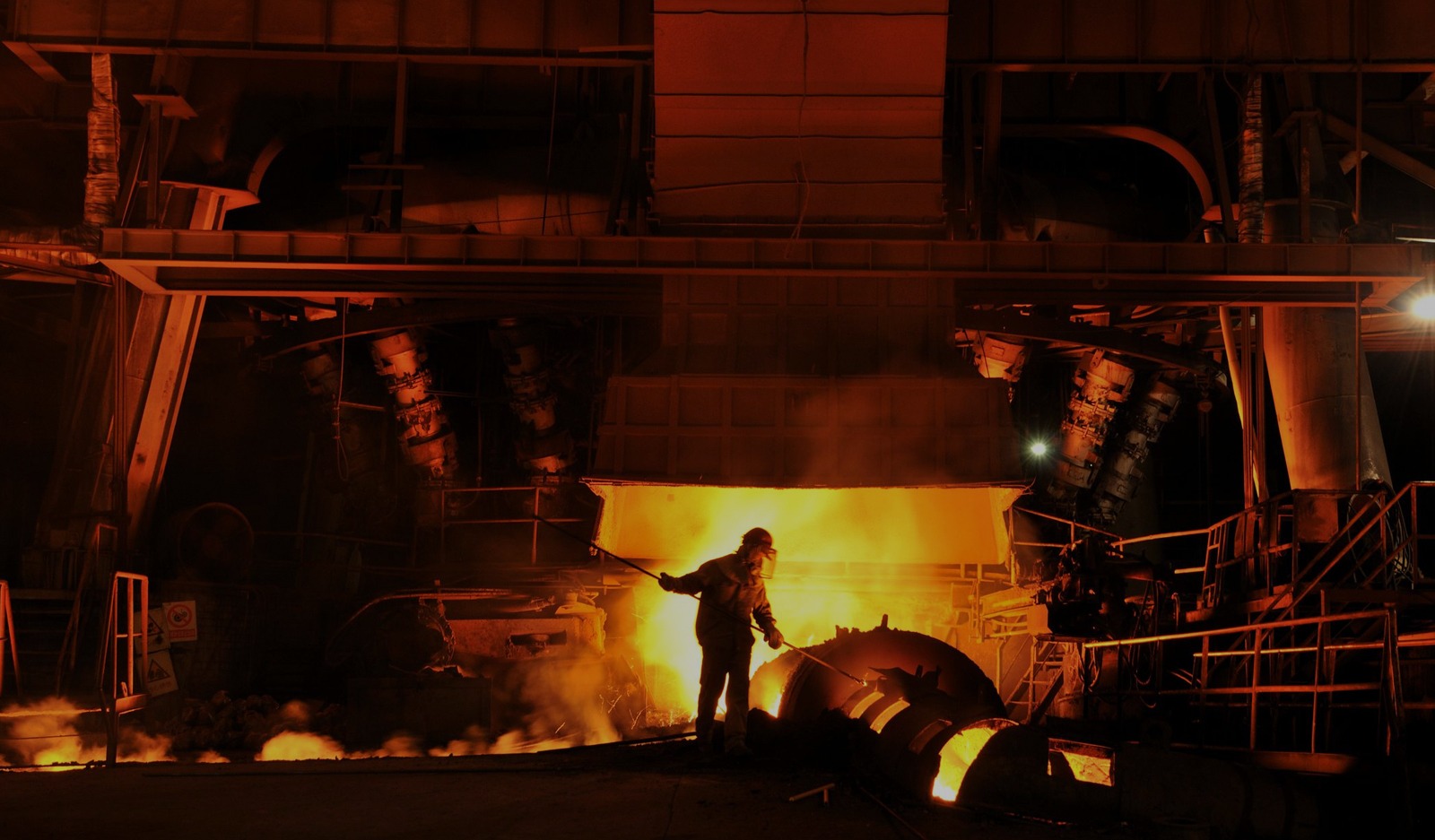Steel is one of the world’s most popular materials, and it’s widely used in almost every industry. It’s used in everything from skyscrapers to your kitchen cutlery, and as civilisation moves forward the steel industry shows no signs of slowing down.
Molten Oxide Electrolysis or MOE is a new method of steel production that is offering effective solutions to many of the current issues faced by traditional modes of steelmaking. MOE uses an iron oxide feedstock conducted with high energy electrolysis to form new forms of pure steel alloy. Although the technology is in its infancy, it could soon become a preferred method for steelmaking in years to come.

Molten Oxide Electrolysis is a method of steelmaking that could replace traditional methods in the future. It’s only by-products are oxygen and steel, meaning the process is very efficient and has virtually zero greenhouse gas emissions.
A Need For Cleaner Steel
Each year around the world, over 1,800 million tonnes of steel is produced, which accounts for five per cent of the greenhouse gases created by humans. Old methods of steel production require coal, a material high in carbon and the process results in carbon-dioxide as a by-product. Until now, however, the steel-making industry hasn’t had any alternatives.
Discovery
The idea of this new approach of creating steel arose during a NASA project, which was aiming to find new methods of creating oxygen on the moon for the development of lunar bases in the future. US researcher Donald Sadoway found that iron oxide in lunar soil could create oxygen, which could be used for breathing purposes, as well as for creating fuel for space missions. He tested the method on a patch of soil in a meteor crater in Arizona which has a makeup similar to that found on the moon, a chance by-product of the experiment was Steel!
Method
Standard forms of steel making involve using a furnace to heat coke and iron oxide to temperatures ranging between 900°C and 1,300°C. THis produces steel which may have impurities such as carbon and sulphur, as well as the by-product of CO2.
Molten oxide electrolysis heats iron oxide and an anode to 1,600°C, producing carbon-free steel without any CO2 emissions. Electrolysis involves two oppositely charged plates immersed in a solution containing the iron oxide and the anode. Electricity passes through these oxides and molten iron collects on the negative plate and oxygen is released on the positive side.
Challenges
The original method of MOE used iridium as an anode, however, this is not a practical material for commercial long-term use as it is scarce and expensive. Sadoway and his researchers have since come to find that a solution of iron and chromium can replace iridium for a stable MOE reaction. Chromium is far more cost effective and could pave the way to a sustainable steelmaking future.
The Future of Molten Oxide Electrolysis
Molten Oxide Electrolysis has the potential to change the steel industry for the better. It not only offers a sustainable and efficient way to produce steel, but it has also been shown to produce new high-grade steel alloys. And if that’s not enough, it’s likely it will be able to provide oxygen for future space missions, just as it was originally intended.
If you’d like more information about steel production, or if you need quality steel that is fabricated to suit your unique needs, contact Steel Fabrication Services today.
Our team of expert structural steel fabricators have the experience and knowledge to answer any of your questions and will ensure that you find the best solution to suit your needs. To contact us today, simply call, fax, email for information or a steel fabrication quote, or drop by our Brookvale location.